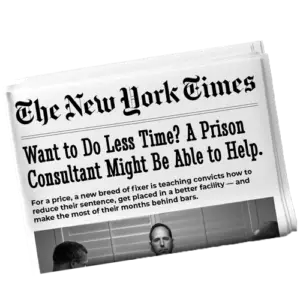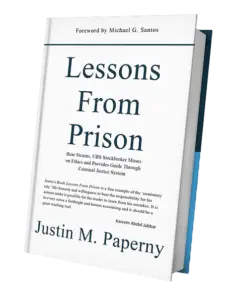The June 2025 Bureau of Prisons memo makes one thing clear: if you qualify under the First Step Act (FSA) and/or the Second Chance Act (SCA), and you don’t need the services of a Residential Reentry Center (RRC), staff shall refer you directly to home confinement.
That word—“shall”—means mandatory. Not optional. If you’ve earned your credits, passed the eligibility screen, and have a documented release plan that shows you’re stable and not a public safety risk, staff are required to send your referral forward.
Why the shift? The BOP is reallocating halfway house beds to people who need intensive help—job placement, addiction services, community programming. If you’ve already done that work on your own, you no longer fit the halfway house model. But saying you’ve done the work is not enough. You need proof.
That’s where the release plan matters. The memo doesn’t require employment, but it does demand that staff assess your stability and readiness. A release plan that shows you’ve taken structured programming, developed a place to live, outlined your personal goals, and documented your growth gives staff what they need to check the boxes. That’s what qualifies you for direct placement in home confinement.
This is not new for people who’ve followed Michael Santos’ system. He’s been building this strategy for years, urging people to prepare a release plan that goes far beyond the form in your central file. He created a workbook for it. He modeled it himself. And he helped thousands publish their plans on PrisonProfessorsTalent.com, where stakeholders—judges, case managers, probation officers—can see documented progress in one place.
When the BOP says “appropriate for home confinement,” they’re looking for reasons to say yes or no. If your release plan lives in a drawer and hasn’t been updated in months, they’ll assume you’re not ready. If your plan shows progress, timelines, and housing arrangements—and it’s published online in a consistent format—they have fewer reasons to delay your referral.
Here’s what direct placement means in practice:
- No halfway house intake
- No delay waiting for bed space
- No group sessions or job counseling if you don’t need it
- Earlier transition with ankle monitoring and remote check-ins
That only happens if your release plan proves you don’t need what the halfway house provides. It’s not about luck. It’s about preparation—and documented preparation is what this new policy rewards.
If you’re sitting on 240 days of FSA credits but haven’t touched your release plan since your last team meeting, the opportunity will pass you by. Staff now have a directive to act, but only when your paperwork gives them a reason to.
The next post will talk about the FSA Time Credit Work Sheet—and explain how the five-factor review adds up to twelve extra months of prerelease time, if you know how to use it.
Justin Paperny



